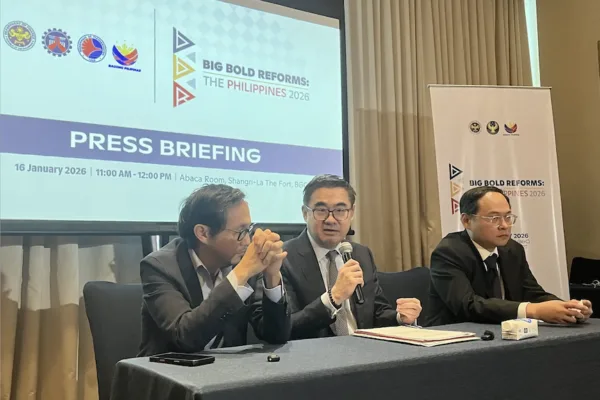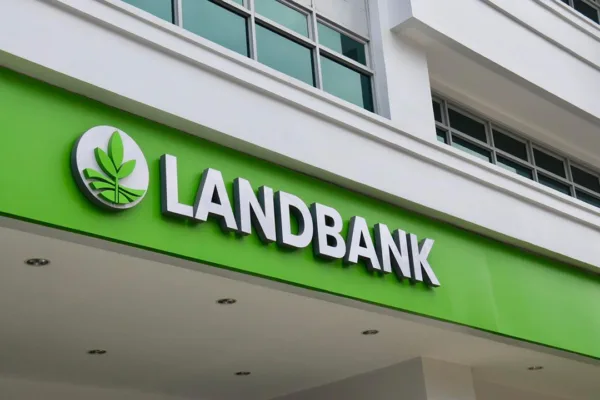BMI Industry Research, a division of Fitch Group, is optimistic about the Philippines’ fintech industry, particularly its potential for reaping profits. Nevertheless, it also cautioned investors to be wary of the hazards.
Based on the firm’s analysis, the risks are much higher in Indonesia and the Philippines, but these countries offer far more opportunities for growth and return on investment.

IMAGE CREDIT: www.fitchsolutions.com
In a commentary, BMI listed the dangers to the local fintech sector, which include a lax regulatory framework, and low living conditions. Rising inflation has also put a strain on local businesses and organizations.
Due to supply chain constraints and a depreciating peso, businesses have since been forced to pass costs along to customers, which in turn increased consumer prices.
In terms of risks to the banking industry, the research firm noted that the Philippines is now rated much lower than Malaysia and Indonesia.
“…The Philippines’ domestic volatility ensures that its score is kept low, a situation that is compounded by its weak regulatory system, a history of government support and/or intervention, as well as low living standards,” the commentary further stated.
The research firm also said that the Philippine economy is now driven by medium, small, and micro enterprises (MSMEs), which currently make up more than 90 percent of all businesses. According to BMI, the appeal of the fintech industry to small firms was due to the latter’s difficulty in obtaining capital from conventional means.
Spread of cashless payments and the rise of e-wallets
BMI also recounted how the local financial technology industry became more well-known during the pandemic in 2020.
Since many consumers could not leave their houses due to mobility issues, the spread of cashless payments throughout the Philippines has since helped propel the sector’s growth and expansion.
The country’s leading telecom companies, Globe and PLDT, in fact, have since become the owners of GCash and Maya, respectively — two of the biggest stars in the country’s fintech landscape today.
When Maya obtained the necessary license from the Bangko Sentral ng Pilipinas (BSP), it readily converted itself into a digital bank. This way, Maya was able to outweigh the risks and improved its chances of raking in more profits.
Between the two, BMI said that Maya from PLDT was the one that faced more troubles.
Inflation-related costs were borne by its digital banking unit across a wide range of its operations, and the Fitch Group unit noted that lowering those costs should be made the top priority.
PLDT advised to postpone its fund-raising activities
Despite these dangers, BMI said listing plans are now in the works.
According to BMI, Maya is now seeking to raise $100-$150 million in finance, a part of which would come from its numerous internal investors.
The Fitch Group division has advised PLDT to postpone further fund-raising activities for Maya to ensure that PLDT “does not become too deeply enmeshed in domestic banking regulations.”
While changes are still being implemented gradually and while the financial regulatory structure is still being strengthened, “PLDT is perhaps wise to rein-in its ambitions for additional fund-raising for Maya,” the BMI report stated.







